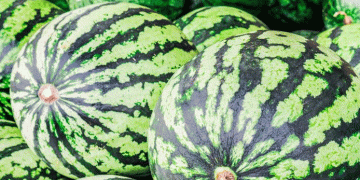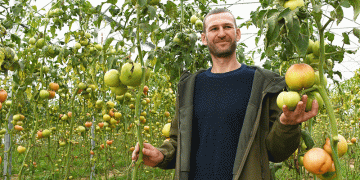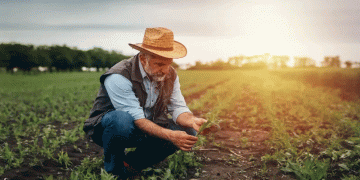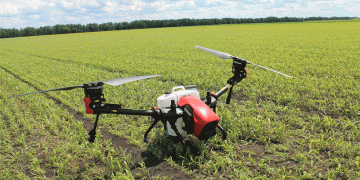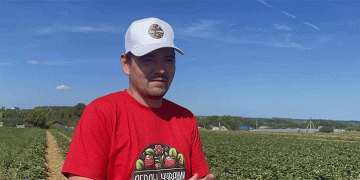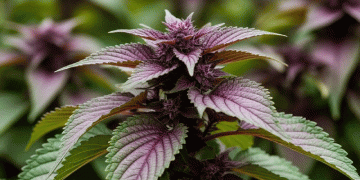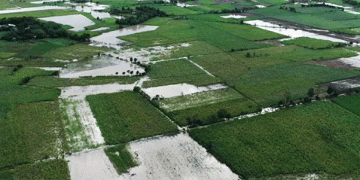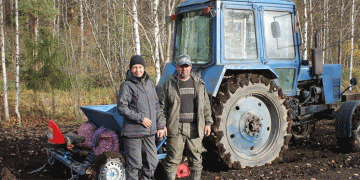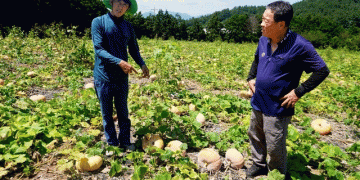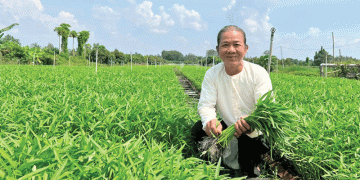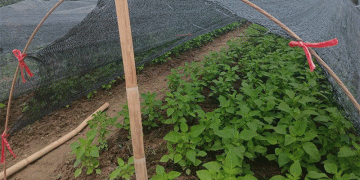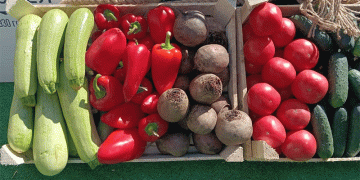A farmer in Sakhalin Oblast, Russia’s remote Pacific island region, has achieved what many thought impossible—growing watermelons in a subarctic climate. After initial setbacks, his persistence paid off:
✔ 2022 Trial – First attempt abandoned due to low yields
✔ 2023 Breakthrough – 150 kg harvest from test plants
✔ 2024 Expansion – Scaling production & adding melons to cultivation
Diversified Farming Model
Beyond watermelons, the farm produces:
- Tomatoes, cucumbers, eggplants (greenhouse-grown)
- Livestock (diversifying income streams)
Why This Matters for Northern Agriculture
Sakhalin’s short growing season (just 90–120 frost-free days) and cool summers make warm-weather crops exceptionally challenging. Yet this success proves:
✅ Protected cultivation techniques (likely greenhouses or high tunnels) work
✅ Strategic crop selection – Early-maturing watermelon varieties can adapt
✅ Government support enables risk-taking
How Sakhalin Supports Agricultural Pioneers
Olga Shkardyuk, Acting Deputy Minister of Agriculture for Sakhalin, highlights key programs:
✔ Equipment subsidies – For greenhouses, irrigation, tractors
✔ Berry farm grants – Expanding to melon/watermelon growers
✔ Consulting services – Agronomic guidance for non-traditional crops
Since 2020, Sakhalin’s small farms have received over 500M RUB ($5.4M) in aid (Ministry data).
The Science Behind the Success
Global precedents suggest key adaptations likely used:
- Soil warming (black plastic mulch, compost)
- Dwarf varieties (faster maturity)
- Microclimate control (windbreaks, row covers)
Researchers in Alaska and Scandinavia report similar breakthroughs with polar-grown watermelons under protected systems.
A Template for Climate-Resilient Farming
This Sakhalin farmer’s journey shows:
🔹 Northern berry/vegetable production can expand to melons
🔹 Government grants reduce experimentation risks
🔹 Diversification insulates against crop failures
For other cold-region farmers, the lesson is clear: With the right tools and support, even watermelons can defy geography.
